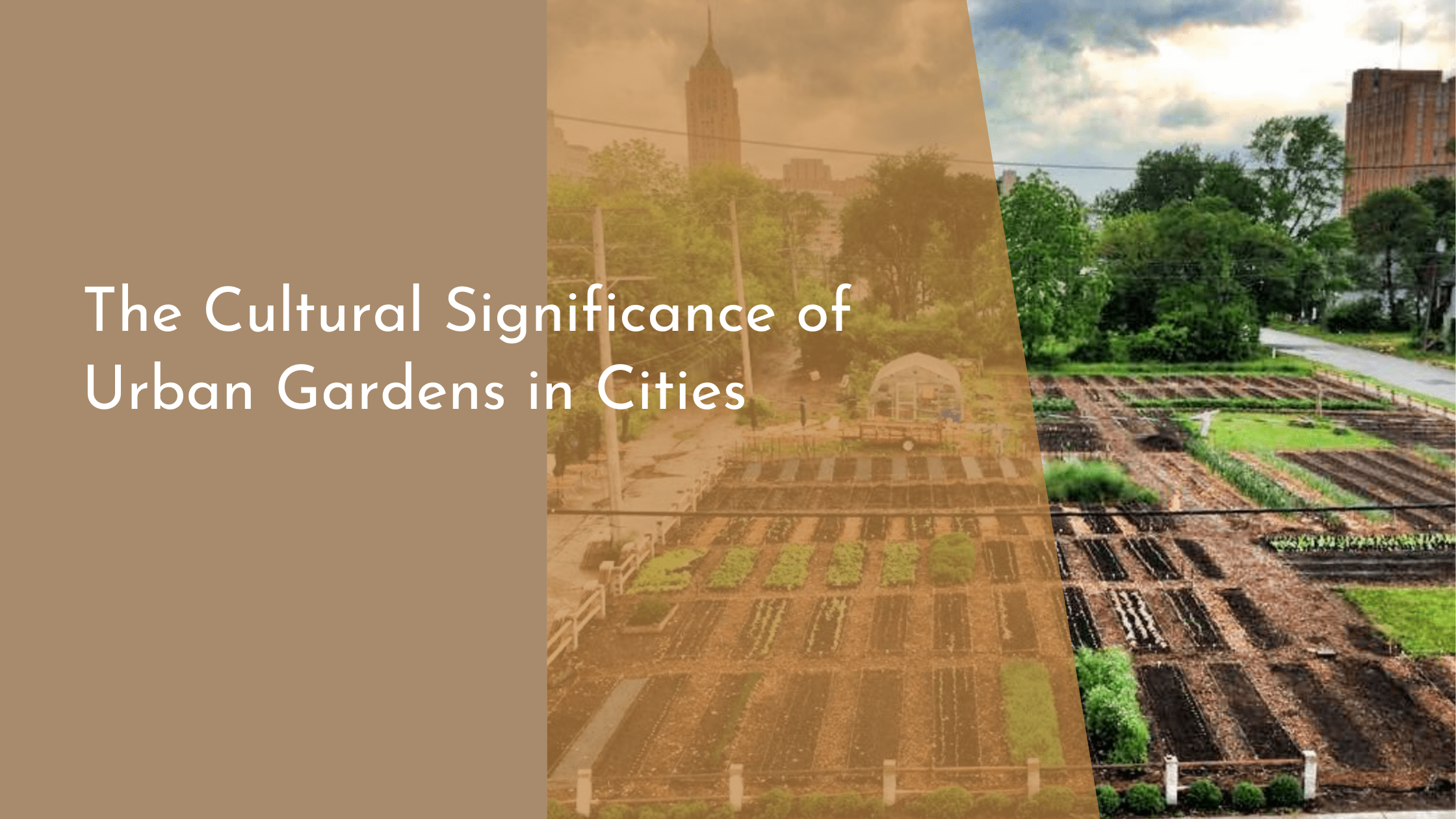The Cultural Significance of Urban Gardens in Cities
Urban gardens, once merely spaces for cultivating food, have evolved into vibrant symbols of community, sustainability, and ecological awareness within city landscapes. As more city dwellers recognize the myriad benefits of urban gardening, these green oases play an increasingly important role in urban life. From rejuvenating neglected areas to fostering community spirit and promoting environmental health, urban gardens are reshaping modern cities in multifaceted ways.
The Historical Roots of Urban Gardening
The practice of urban gardening dates back centuries, with its genesis found in ancient civilizations where citizens cultivated small plots of land within city boundaries for sustenance. During times of war and economic hardship, such as the Victory Gardens in World War I and II, urban gardening became a patriotic act, contributing to the food supply and boosting morale. These historical roots emphasize the resilience and adaptability of urban populations in utilizing every available space to meet their needs.
As industrialization unfolded, urban gardens transitioned from being purely functional to serving aesthetic and recreational purposes. In the late 19th and early 20th centuries, movements like the Garden City Movement in England advocated for the integration of green spaces within urban planning to enhance livability and counteract the chaotic, industrial environment. This shift underscored the growing recognition of urban gardens as essential components of city life, offering a sanctuary amidst urban sprawl.
Urban Gardens as Community Building Blocks
Urban gardens serve as catalysts for community engagement and social interaction. They bring together people of diverse backgrounds, fostering a sense of belonging and collaboration. These gardens often host community events, workshops, and educational programs that unite neighbors, create friendships, and build social capital. This communal spirit is essential in modern cities, where fast-paced lifestyles often lead to social isolation.
Moreover, urban gardens empower communities by giving residents control over their food sources and encouraging sustainable practices. Many city gardens operate as community-supported agriculture (CSA) initiatives or co-ops, allowing locals to participate in decision-making processes and share in the harvest. These experiences promote a deeper understanding of food systems and environmental stewardship, bridging cultural divides and strengthening community resilience.
Environmental Benefits in Urban Landscapes
Urban gardens offer significant environmental benefits, transforming concrete jungles into lush, green ecosystems. They play a crucial role in improving air quality by absorbing pollutants and producing oxygen, thus mitigating the urban heat island effect. The presence of greenery also reduces noise pollution, creating more serene urban environments that are conducive to both human and wildlife habitation.
Additionally, urban gardens contribute to biodiversity by providing habitats for various plant and animal species. They serve as vital pollinator corridors, supporting bees, butterflies, and other essential insects, which are crucial for maintaining ecosystem balance. This increased biodiversity not only enhances the ecological health of cities but also offers educational opportunities for city dwellers to learn about nature conservation and sustainable living practices.
Urban gardens are much more than spaces for growing vegetables and flowers; they are vibrant hubs of community, culture, and environmental advocacy. By cultivating these green oases amid concrete landscapes, city dwellers not only reap the fruits of their labor but also nurture a sense of joy and fulfillment. As we continue to face the challenges of urbanization and climate change, embracing the cultural significance of urban gardens will be pivotal in building resilient, sustainable, and harmonious urban environments.



